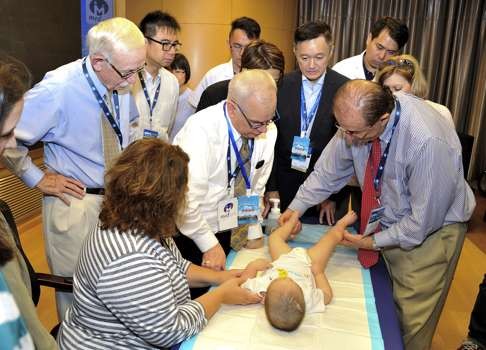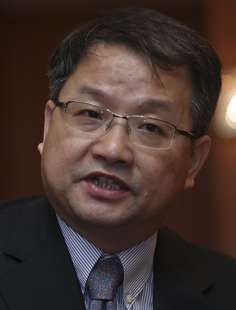The doctors bringing hope to babies in China born with spina bifida

Doctors, nurses and therapists from Hong Kong, China and the United States huddle around the bed of a three-week-old baby Chinese girl who was born with spina bifida. She has been operated on a week after birth, and the visiting medical team at Suzhou Children’s Hospital are there to discuss the best course of action for the baby.
After their examination, the doctors predict that with the right care the girl may have a 95 per cent chance of walking and finishing high school. “When the Chinese doctors heard this ... it seemed like a miracle to them,” recalls Dr John Ngan, founder of Hong Kong-based charity MedArt, and organiser of the city’s first spina bifida conference in late September. Ngan took 80 doctors to Suzhou.
“They don’t have the perspective of how the child will grow up. It made them realise that dealing with spina bifida isn’t just about doing surgery, but the need to plan, monitor their progress and detect complications earlier so that they can be managed,” the American-trained urologist explains.

The US doctors point out the girl’s legs may grow abnormally, but with regular monitoring the problem can be corrected with splints. Another doctor recommends checking the girl’s kidneys regularly; if all goes well she can have full kidney function and avoid incontinence.
Spina bifida is a debilitating condition. The bones of the spine don’t form properly around the spinal cord and surgery is needed to close it, or the baby has less chance of survival. There can be a build-up of fluid in the brain (hydrocephalus), and little or no feeling in the legs, feet or arms. There could be bladder or bowel problems, causing incontinence, and curvature of the spine.
